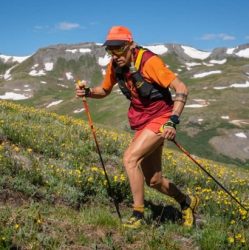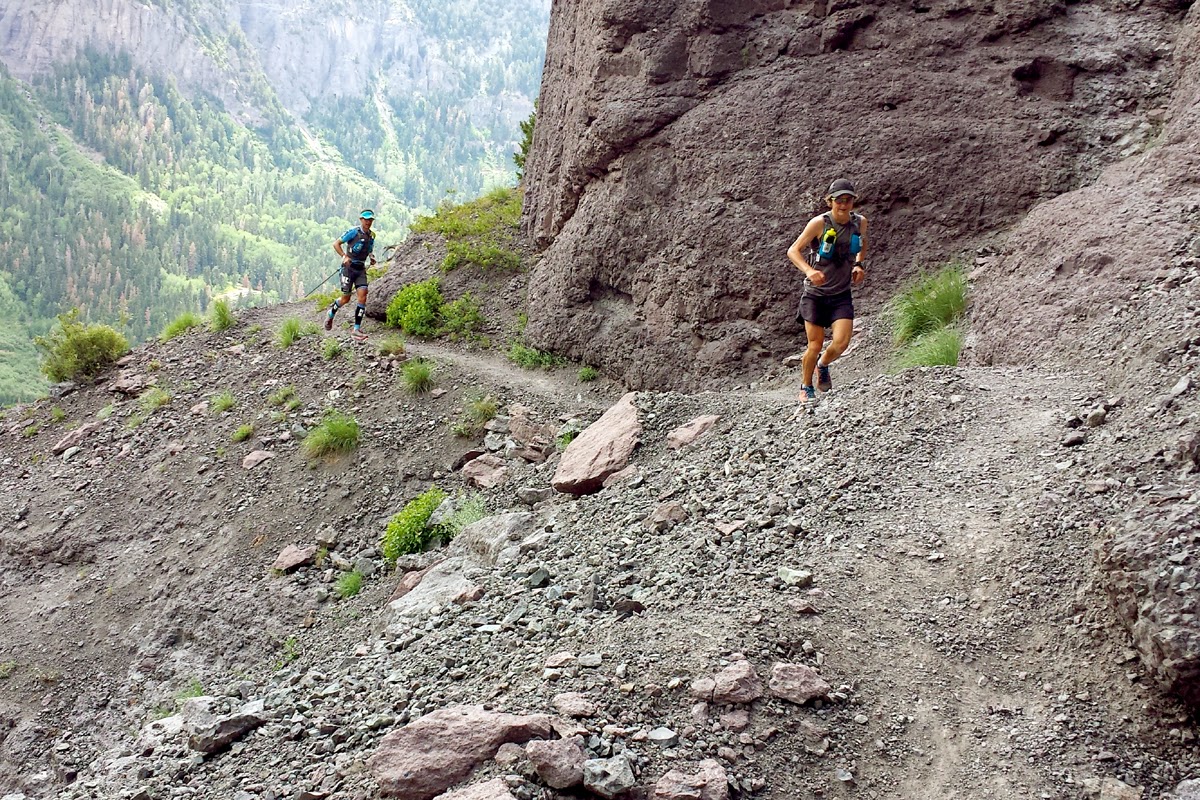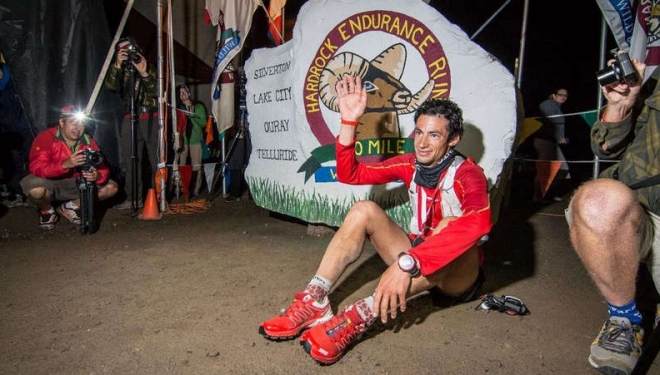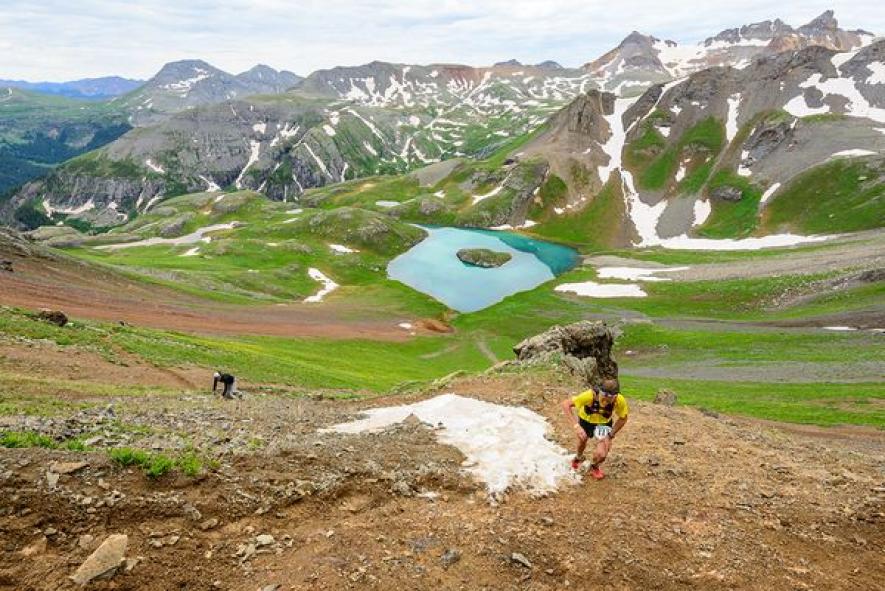 When it comes to ultra-races there are few tougher than the Hardrock Hundred Mile Endurance Run. The Hardrock 100, which takes place every July, pits the world’s best ultra-runners against the rugged San Juan Mountain Range on the Colorado section of the Rocky Mountains, in the United States.
When it comes to ultra-races there are few tougher than the Hardrock Hundred Mile Endurance Run. The Hardrock 100, which takes place every July, pits the world’s best ultra-runners against the rugged San Juan Mountain Range on the Colorado section of the Rocky Mountains, in the United States.
The race starts and finishes in the former mining town of Silverton, Colorado, with the runners following a loop course that changes direction every year – clockwise one year, anti-clockwise the next. The route, which follows rough roads and dirt trails, and crosses rivers and boulder fields, involves a total elevation change of an incredible 66,100ft (20,147m). The race is run at an average of about 11,000ft, with the runners crossing over the 14,048ft summit of Handies Peak.
The Hardrock 100 is a battle between the runner and the mountain, where the weather conditions can have a major influence on the race. Each year the organisers try and squeeze the race in between the receding snow and what they describe as the summer ‘monsoon’ period – ‘a daily weather cycle, starting in the morning with blue skies. As the day warms up, thunderheads build up and around noon intense electrical thunderstorms may commence, continuing until late afternoon or evening, at which time the thunderstorms abate until the next morning’. The Hardrock 100 website offers this piece of portentous advice:
‘The Colorado Mountain Club advises climbers in Colorado’s mountains to be off the peaks by noon. Since this may not fit in with your position on the course, you must use extreme caution. Always remember that the time limit is 48 hours. The long time limit is not only in recognition of the difficult terrain, but also allows runners to wait out thunderstorms or other life-threatening weather. You can hunker down in a valley for 2-4 hours and still finish; but, if you get fried by lightning your running career may end on the spot. Discretion is the better part of valour’.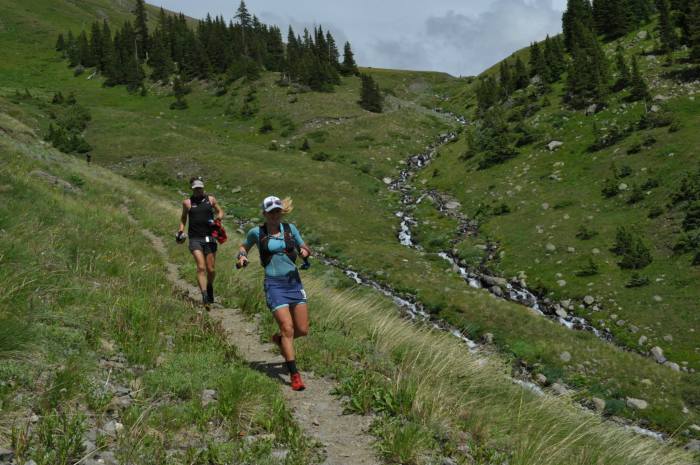
The runners set off from Silverton at 6am and travel through the towns of Telluride, Ouray, and the ghost town of Sherman, crossing thirteen major passes in the 12,000 to 13,000ft range. Along the way they pass through fourteen well equipped aid stations, where they receive warm food and drink, brief shelter from the elements, and medical assistance if required. Between aid stations, runners are self-supporting and most carry any additional items they require with them.
The race cut-off time is 48 hours, with the average finishing time around the 41-hour mark, considerably longer than other 100-milers, and testament to a race that is so tough that runners have been known to suffer from hypothermia, heat stroke, vomiting, diarrhoea, kidney problems and altitude sickness. The fastest times to date are held by four-time winner Kilian Jornet – 22 hours and 41 minutes set in 2014; and fellow four-time winner, Diana Finkel who ran the course in 27 hours 18 minutes in 2009.
Hardrock 100 is not for the faint-hearted, it’s an extreme challenge which is quite literally a survival of the fittest. The race, inspired by the grit and resolve of the Hardrock miners, doesn’t have a finish line – those tough enough to get to the end, simply get down on their knees and ‘kiss the Hardrock’, a large lump of mining rock with a ram’s head painted on it…and what else would you expect.
Words: Ian McHarg
Images ©: Fredrik Marmster, iRunFar Joe Crilly, Mounting Running, Matt Trappe
Sources: www.hardrock100.com

